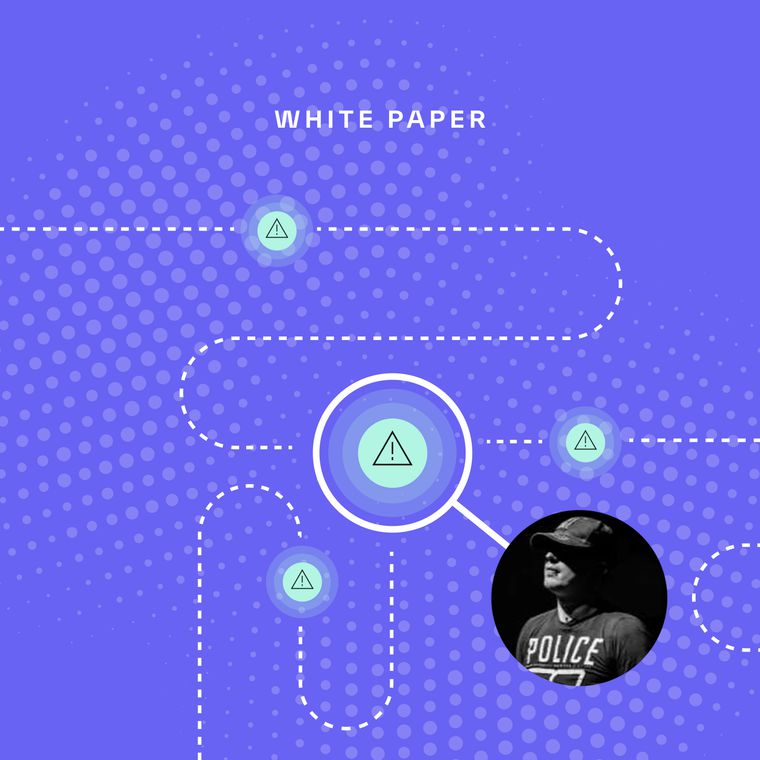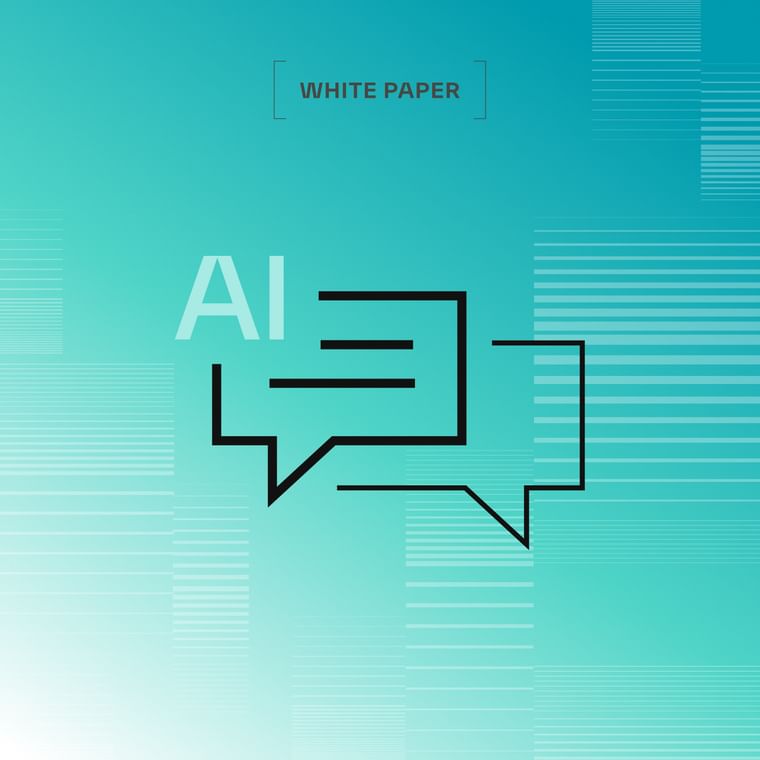Loading...
AI Glossary
Learn about the attack vectors and threat actors endangering your data, and more with the most relevant AI terms and definitions.
Get a Demo
Adversarial AI
Adversarial AI involves malicious attacks targeting AI systems and AI-powered security tools, representing a critical threat to enterprise cybersecurity operations.
Read More
AI DAN Prompt
An AI DAN prompt is a type of prompt injection attack designed to bypass an AI model’s built-in ethical and security restrictions.
Read More
AI Data Poisoning
Threat actors manipulate training data in AI data poisoning attacks to compromise AI-powered security systems, creating systematic vulnerabilities.
Read More
AI Email Security
AI email security is the use of artificial intelligence technologies to safeguard email communication from cyber threats.
Read More
AI Ethics
AI ethics encompass the principles and guidelines that govern the responsible development, deployment, and use of artificial intelligence.
Read More
AI Native
AI native refers to products, services, or organizations that are inherently designed around artificial intelligence, embedding it as a foundational component rather than as an add-on.
Read More
AI TRiSM
AI TRiSM is a set of policies and technologies that govern AI models to mitigate risks while maintaining trust and transparency.
Read More
Anomaly Detection
Anomaly detection is the process of identifying patterns, behaviors, or data points that deviate from an expected norm. In cybersecurity, AI-driven anomaly detection is used to detect potential threats, such as phishing attempts, fraud, and insider attacks, by analyzing deviations in user behavior and network activity.
Read More
Artificial Intelligence (AI)
Artificial intelligence is the simulation of human intelligence by machines to perform tasks such as learning, reasoning, and decision-making.
Read More
Autonomous AI
Autonomous AI systems work independently with little human supervision, making their own decisions and completing tasks automatically.
Read More
Behavioral AI
Behavioral AI combines artificial intelligence techniques with behavioral science to analyze and interpret human actions, preferences, and patterns.
Read More
Deep Learning
Deep learning is a type of ML using neural networks with many layers to analyze complex data patterns
Read More
Deepfake Technology
Deepfake technology uses artificial intelligence, particularly generative adversarial networks (GANs), to create highly realistic synthetic media, including manipulated videos, images, and audio.
Read More
Generative Adversarial Networks (GANs)
Generative adversarial networks (GANs) are a class of machine learning models that generate highly realistic synthetic data, including images, text, and video.
Read More
Generative AI Attacks
Generative AI attacks use artificial intelligence to automatically create convincing phishing emails, deepfakes, and malicious code that bypass traditional security defenses.
Read More
Generative Pre-Trained Transformer (GPT)
A generative pre-trained transformer (GPT) is an advanced AI language model that uses deep learning to generate human-like text. Developed by OpenAI, GPTs are trained on vast datasets and fine-tuned for various applications, including chatbots, content generation, and cybersecurity threat detection.
Read More
Jailbreaking AI
Jailbreaking AI is the process of bypassing built-in safety mechanisms in AI models to force them to generate restricted or unethical outputs.
Read More
Large Language Models (LLMs)
Large language models (LLMs) are advanced machine learning models trained on extensive text datasets to understand and generate human-like language.
Read More
Machine Learning (ML)
Machine learning is a subset of AI focused on algorithms that enable systems to learn and improve from experience without being explicitly programmed.
Read More
Malicious AI
Malicious AI encompasses the intentional misuse or weaponization of artificial intelligence to conduct activities that harm individuals, organizations, or societies.
Read More
Natural Language Processing (NLP)
Natural language processing (NLP) is a field of artificial intelligence that focuses on enabling computers to understand, interpret, and respond to text or speech in a way that feels natural to humans.
Read More
Natural Language Understanding (NLU)
Natural language understanding (NLU) enables AI to extract meaning, context, and intent from text, powering advanced cybersecurity threat detection.
Read More
Neural Networks
A neural network is a type of machine learning model designed to recognize complex patterns through layers of interconnected neurons.
Read More
Predictive Analytics
Predictive analytics is a branch of AI and machine learning that analyzes historical data to forecast future outcomes.
Read More
Sentiment Analysis
Sentiment analysis is a branch of natural language processing (NLP) that enables AI to determine the emotional tone behind text-based communications.
Read More
Supervised Learning
Supervised learning involves training an AI model on a dataset that includes both input data and corresponding labeled outputs.
Read More
Turing Test
The Turing Test is a benchmark for evaluating a machine’s ability to exhibit intelligent behavior indistinguishable from that of a human. Proposed by Alan Turing in 1950, the test assesses whether an AI can convincingly mimic human conversation in a blind evaluation.
Read More
Unsupervised Learning
Unsupervised learning enables AI to identify hidden patterns and anomalies without labeled data, enhancing cybersecurity and threat detection.
Read More
Discover How It All Works


